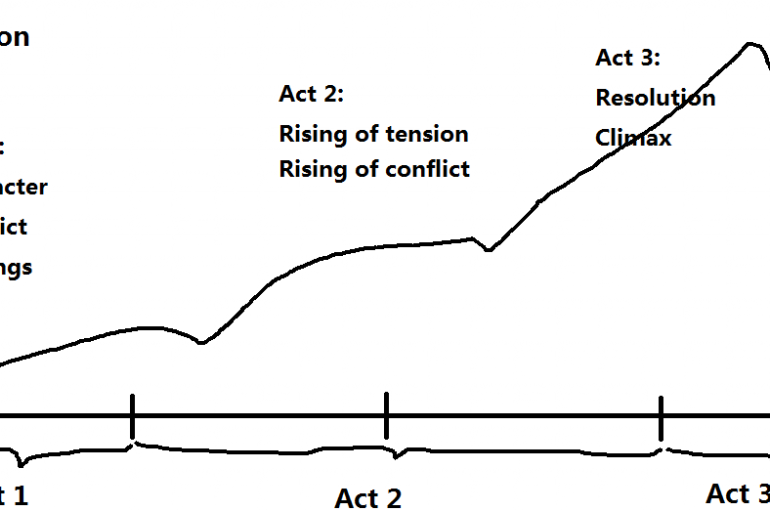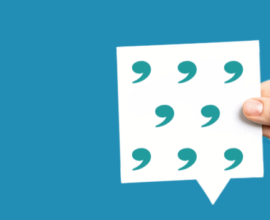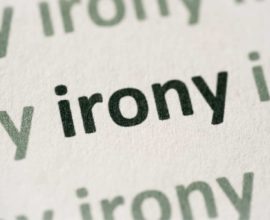A Definitive guide to structuring your story
Check out some of the fiction books lying in your bookshelf and you’ll see that every story has a definite, basic structure to it. Structure is the building block for your story, without which your book will collapse. Imagine reading your favorite book from random chapters you start from chapter 10, then go on to reading chapter 4, and then to the last chapter, and finally the first. How would you feel? Lost? Frustrated? This is how your readers will feel if your story is unstructured. So, here, we’ll see how you can better structure your story and make your book more readable.
Structuring your Story
Broadly, the structure of a story can be classified into three:
- The Beginning
- The Intermediate
- The Climax
Sounds like Prestige? Well, that’s how it works!
Act 1
This is the beginning of your story the part where you introduce the setting of your story, the locations (an apartment, city; brief something about the placement of things in the apartment, the view outside as well) and the characters slowly. Tell your readers about what your characters do, their activities in their everyday life, and their tastes and preferences. This part of the story is also referred to as stasis because everything’s in a state of equilibrium and things are normal.
Give enough time for readers to understand your characters and the setting and make them feel comfortable in your character’s world. After this comes the part where things start to rattle in the story. The protagonist meeting the love of his life is an example of this because his life is not going to be the same anymore. Some of the most interesting stories begin at this stage.
Act 2
The intermediate is the stage where the changes in the end of Act 1 start reflecting and or increasing. The main story you have in mind starts taking shape. Here’s where the major conflict that is going to alter the course of normalcy enters your story. The tension created by this follows and haunts your characters till the end and your characters enduring the conflicts will what keep your readers hooked. Besides this, a lot of temporary crises crop up and get resolved, further enhancing the overall tension. The mini-crises can be a subplot that happens in the lives of your characters, or their acquaintances. This can also be a back-story of any of your characters. Overall, this is where your story picks up and radical decisions are taken by the lead characters, leading to the climax.
The Climax
The final act in your story where you’ve to resolve conflicts and all other subplots you were juggling all this while. To be more precise, climax can be classified into two parts, the part where tension rises to the peak and characters fight it out to resolve the conflict and the part where things return to normalcy and the characters evolve into better humans, due to them enduring conflicts.
Endurance of conflicts should be of more importance than the actual end of your book because readers have been reading your entire book just to read this. They want to know what your characters are going to do, how they would react, and if they would live to experience happiness (though tragic ending is plausible, too). Once the characters have achieved their goals, take some pages to write about what they feel. Let them explore the newborn qualities and attributes in them and make your readers realize them as well. Once you show characters adapting to their new changes, this would become the Act 1 again a stage where things are in the state of equilibrium.
Writing becomes quite easy when you know the direction and how to proceed. This structure will now act as a skeleton to your story and you can keep coming back to this when you feel lost. Good luck!





